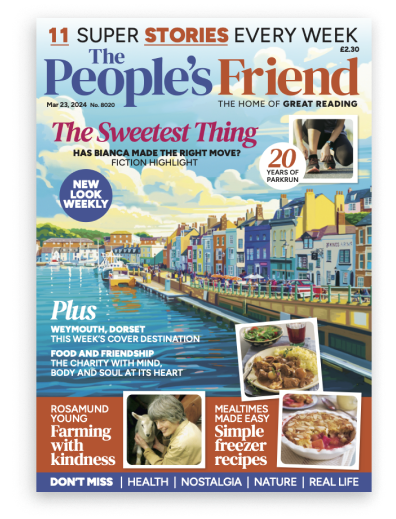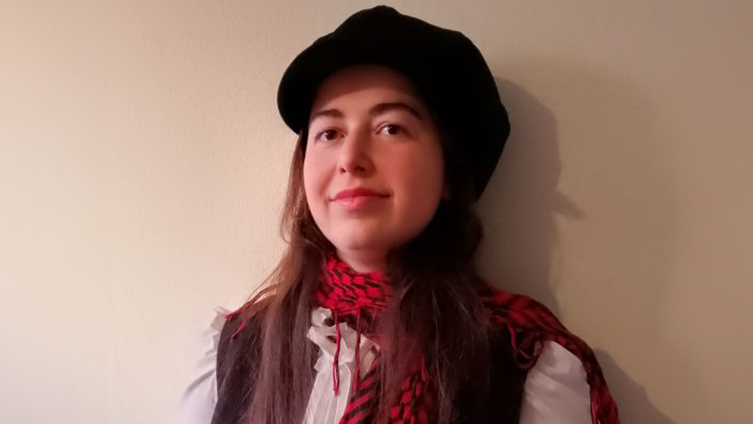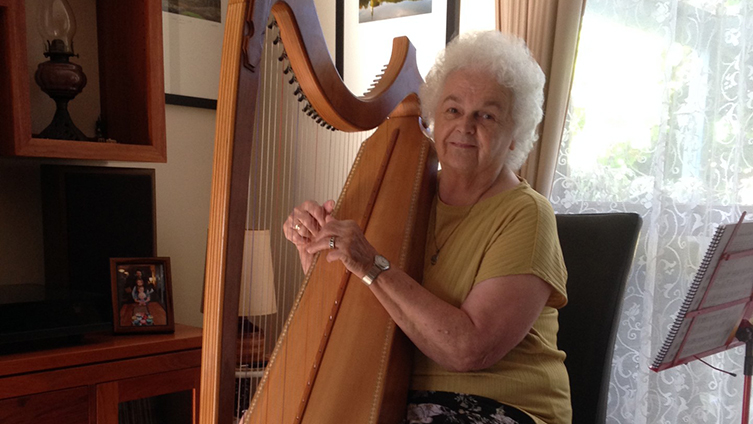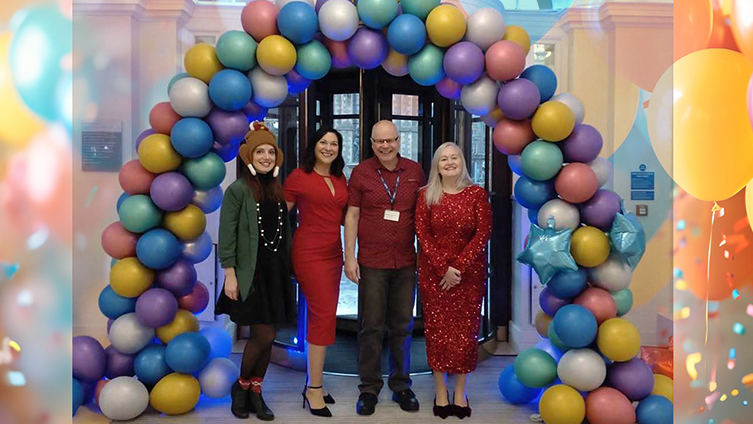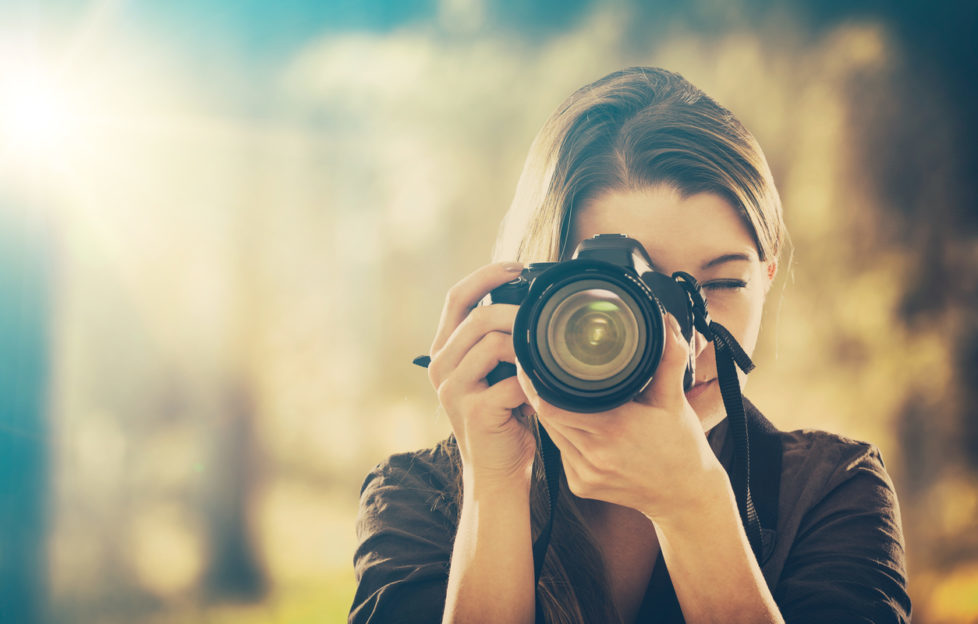
I won’t pretend to be any kind of an expert on photography, but good images are so important to us these days that I thought it might be helpful to share what I do know.
Unlike fiction, imagery is part of a features writing job. We do ask all our freelancers to provide a pic package as part of the submission, and if there is likely to be any problem with that we work with them to see if there’s a way round this before the feature gets written.
Photographs are key to a feature
Occasionally, people do send in work with a line to the effect of, “I’m sure you can source some images somewhere.” I can’t blame people for thinking we have some secret industry stash of excellent photography – after all, we do have our photo agencies. But they don’t cover everything.
In many instances it’ll be the institution/ event/ charity you’ve already been in contact with that is the best source of shots. Please do approach them and send them in as part of the submission. WeTransfer are just one of a number of great online services that will package and securely send large groups of photos for free. Bundle the copy in with the photos, too, rather than sending separately.
It’s best to limit the number of pics to between 10 and 30, too, and please caption them before sending. It doesn’t have to be a witty caption, just the bare bones of information about what we’re looking at is just fine. And if you find yourself struggling to label a series of photos as they’re of the same thing and your computer won’t let you use the same caption, it’s worth a thought if you really need to be sending in several similar images.
Taking photographs yourself
If you’re taking photos yourself, make sure the light’s good, the picture’s level and that everything that should be in the frame is in the frame. Unless they’re integral to the story, leave people out of the shot. And we can only feature shots including children if you’ve the express permission of their guardians, so generally it’s best to avoid them altogether. This is another instance when it’s best to source stuff from the institutions – they will have had to seek all relevant permissions before publishing the images themselves, saving you the trouble.
If you do have people in the shot who are happy to be there, make sure they’re smiling. Big fixed smiles can look artificial in real life, but it’s necessary in print – people need to look like they’re enjoying themselves!
Resolution is key, too. Photos have to be high quality to come out well on the page. It surprises me that this is still an issue, as there aren’t really any cameras or phones left in the world that take low quality pics. I think the problem arises because so many people are now using said photos for online purposes, and when they’re uploaded to a website, they’re normally adjusted to load quickly over the internet.
Keep the original photographs
If you’re involved in a charity or social enterprise and take photos or just do your own photography, I beg you to keep hold of the original source photos somewhere – some journalist in the future will be very grateful if you try to pitch them your story.
A picture from a website is unlikely to be good enough quality for print, but if in doubt you can ask us. Right click on any image and look in the Properties. You’re looking for 300 dpi and above, and pixel dimensions measuring comfortably in the 1000s.
Physical photos are hard for us to work with, so please always go digital where you can. The exception to this is obviously if the image is an older one, in which case we’ll need to have it in the office to scan. Getting the best from a scanned image isn’t easy, so you need the kind of higher-end devices that we have to do this. Please do rest assured we will take the greatest care of it, and return it by courier to ensure secure delivery.
I hope that helps, but if there’s anything I haven’t covered, do just get in touch!
Read Alex’s last post on finding the angle in your features writing
